Category: Technology/Science
-
The Antikythera Mechanism: An Ancient Astronomical Computer
When most people envision the roots of astronomy, they might picture early stargazers marking the solstices with stone circles or ancient scientists drawing celestial diagrams. Yet, few artifacts are as remarkable—and as enigmatic—as the Antikythera Mechanism. Discovered in 1901 amid the wreckage of a Roman-era shipwreck off the coast of the Greek island of Antikythera,…
Written by

-
Unraveling the Secrets of Fermentation: The Ancient Chemistry Behind Modern Foods
Fermentation is an age-old process that has transformed our diets and shaped cultures around the world. From the tangy taste of yogurt to the subtle flavors of sourdough bread and the complexity of fermented beverages like beer and wine, this biochemical phenomenon is fueled by the action of invisible microorganisms. But what exactly happens during…
Written by

-
RNA: The Unsung Hero of Molecular Biology
When it comes to the molecules that run the show in our cells, DNA tends to steal the spotlight. But there’s another key player that’s just as essential—RNA. Although once thought to be just a passive messenger, RNA (ribonucleic acid) is now recognized as a dynamic force in biology, with roles that extend far beyond…
Written by

-
Measuring the Universe: How Astronomers Determine Cosmic Distances
One of the most fundamental challenges in astronomy is measuring distances across the cosmos. Knowing how far away objects are—whether stars, galaxies, or nebulae—is crucial for understanding the universe’s structure and its evolution. The process of making these measurements is not only a technical triumph but also an ongoing pursuit, shaped by history and modern…
Written by
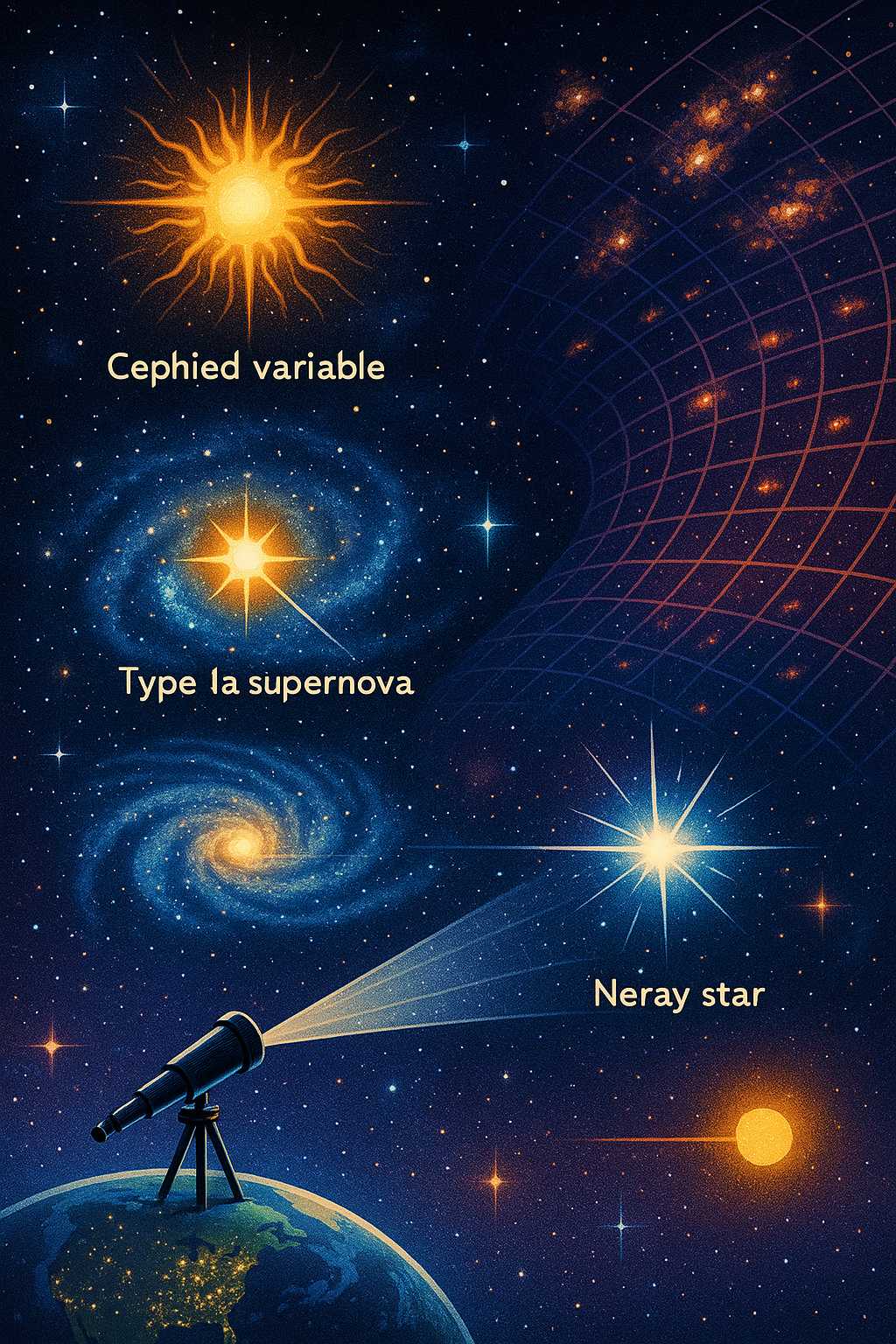
-
The Fascinating Chemistry of Taste: Why Food Tastes the Way It Does
Taste is a fundamental sense that shapes our daily experiences, from enjoying a sweet dessert to rejecting a bitter pill. But what gives foods their distinctive flavors? The answer lies in a complex interplay of biology and chemistry. Every time you eat, molecules in your food interact with specialized receptor cells on your tongue. These…
Written by

-
Mauna Kea Observatories: Bridging Earth and the Cosmos
Atop the windswept summit of Hawaii’s tallest mountain, Mauna Kea, stands one of the world’s premier sites for astronomical observation. With its dry air, stable atmosphere, and minimal light pollution, Mauna Kea is an unrivaled window into the depths of the universe. Over the decades, its observatories have shaped both our understanding of the cosmos…
Written by
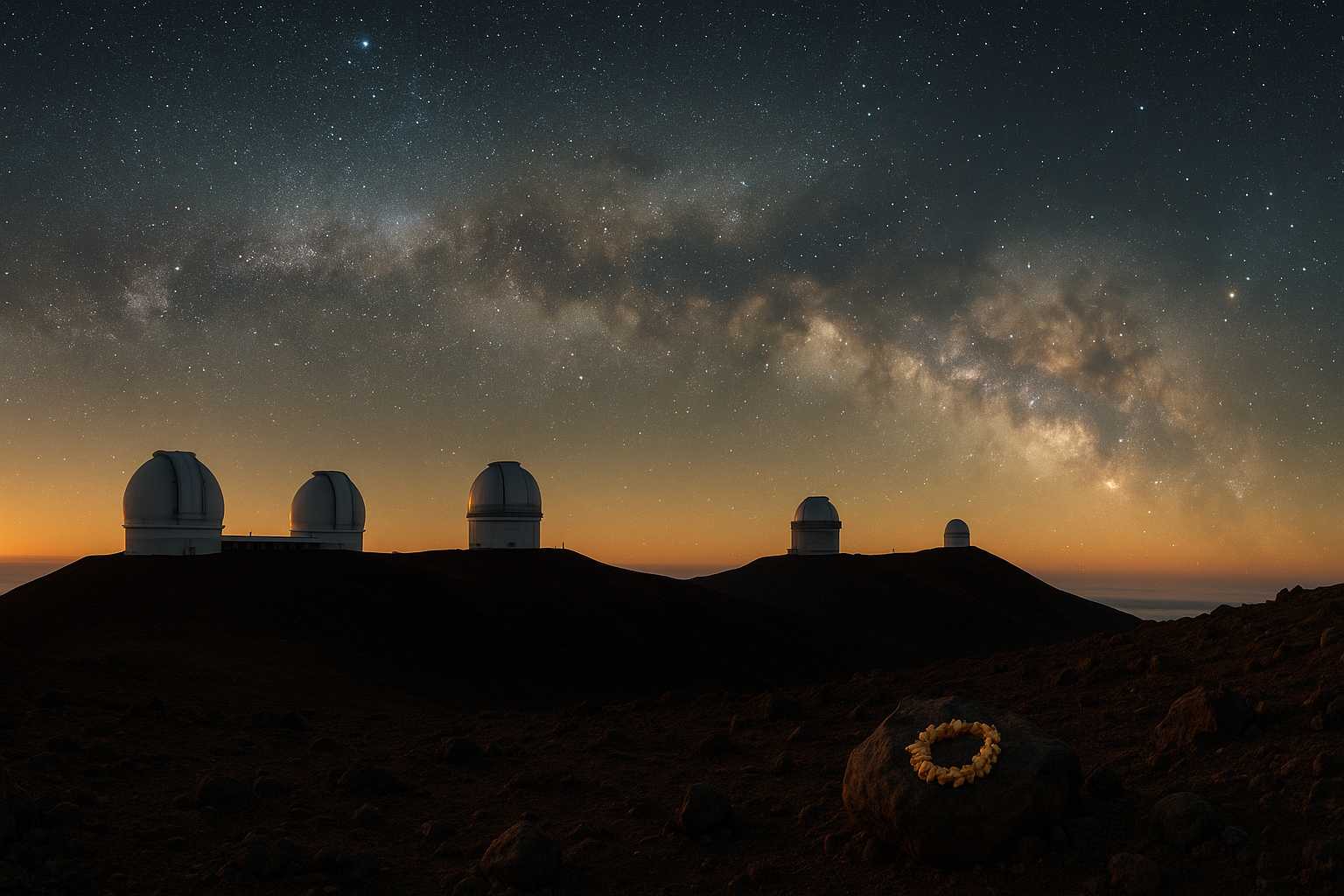
-
The Birth of Modern Astronomy: The Legacy of Galileo Galilei
The history of astronomy is a narrative of curiosity, innovation, and paradigm shifts. Few figures stand as tall in this history as Galileo Galilei, whose work in the early 17th century fundamentally changed our understanding of the universe and laid the groundwork for modern observational astronomy. Galileo’s most profound contribution came with his pioneering use…
Written by
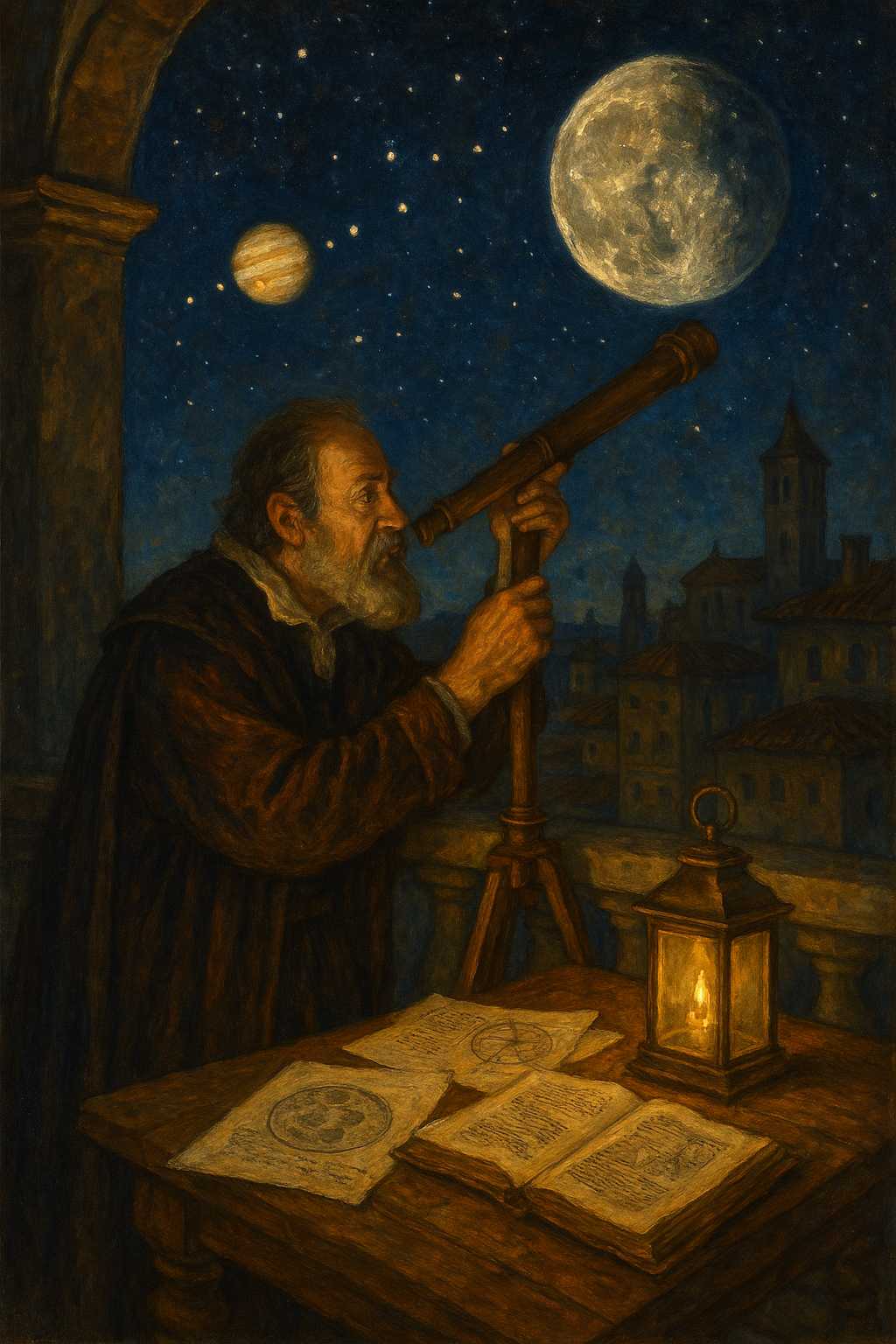
-
The VLA: Unlocking the Invisible Universe with Radio Waves
When most people think of astronomy, they imagine gleaming optical telescopes pointed skyward, catching the faint glimmer of distant stars. Yet much of our universe is invisible to the human eye. To truly explore the cosmos, astronomers have harnessed the power of radio waves—an endeavor in which the Very Large Array (VLA) has played a…
Written by
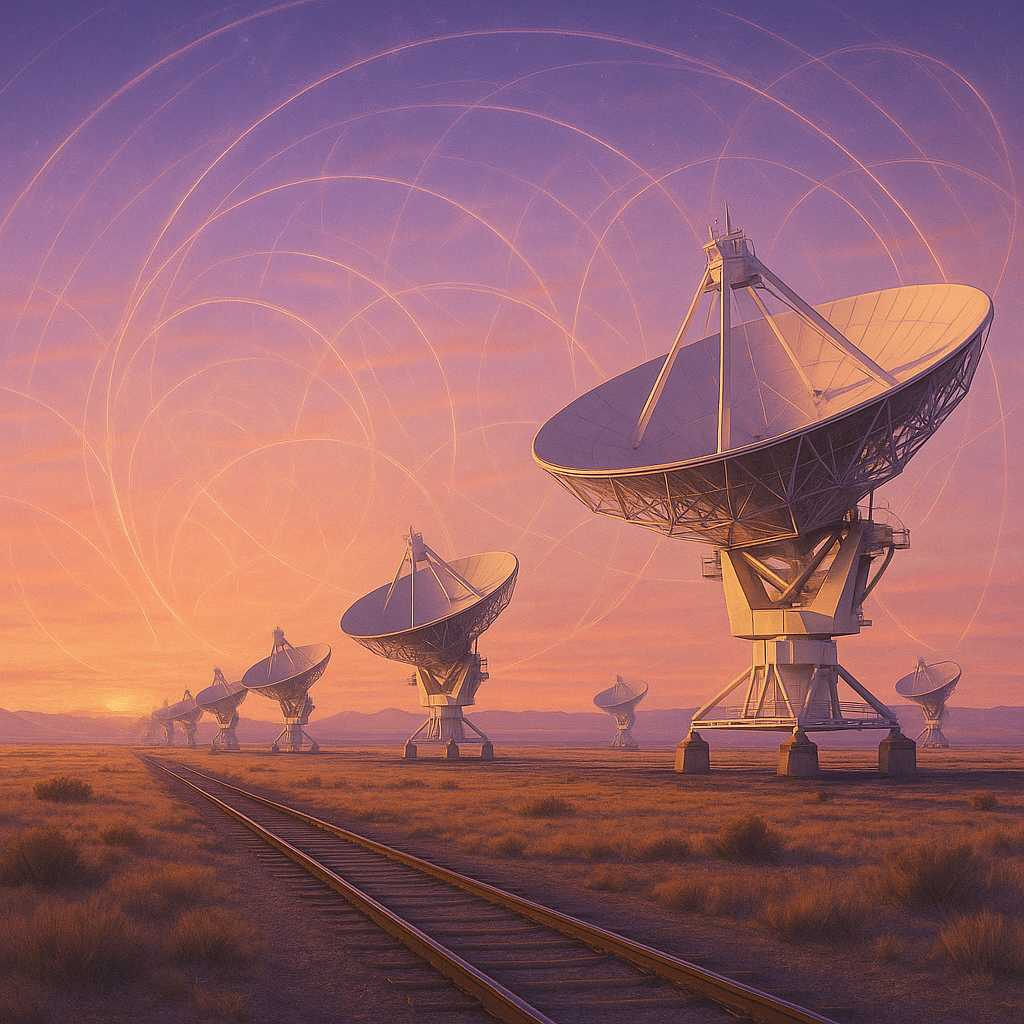
-
Chasing Shadows: The Science and History of Solar Eclipses
Few astronomical events capture the public imagination as intensely as a solar eclipse. When the Moon’s shadow sweeps across the face of the Earth, day turns to night, temperature drops, and the Sun’s corona—a pearly aura usually hidden by the Sun’s glare—becomes visible. But what exactly is a solar eclipse, why do they occur, and…
Written by
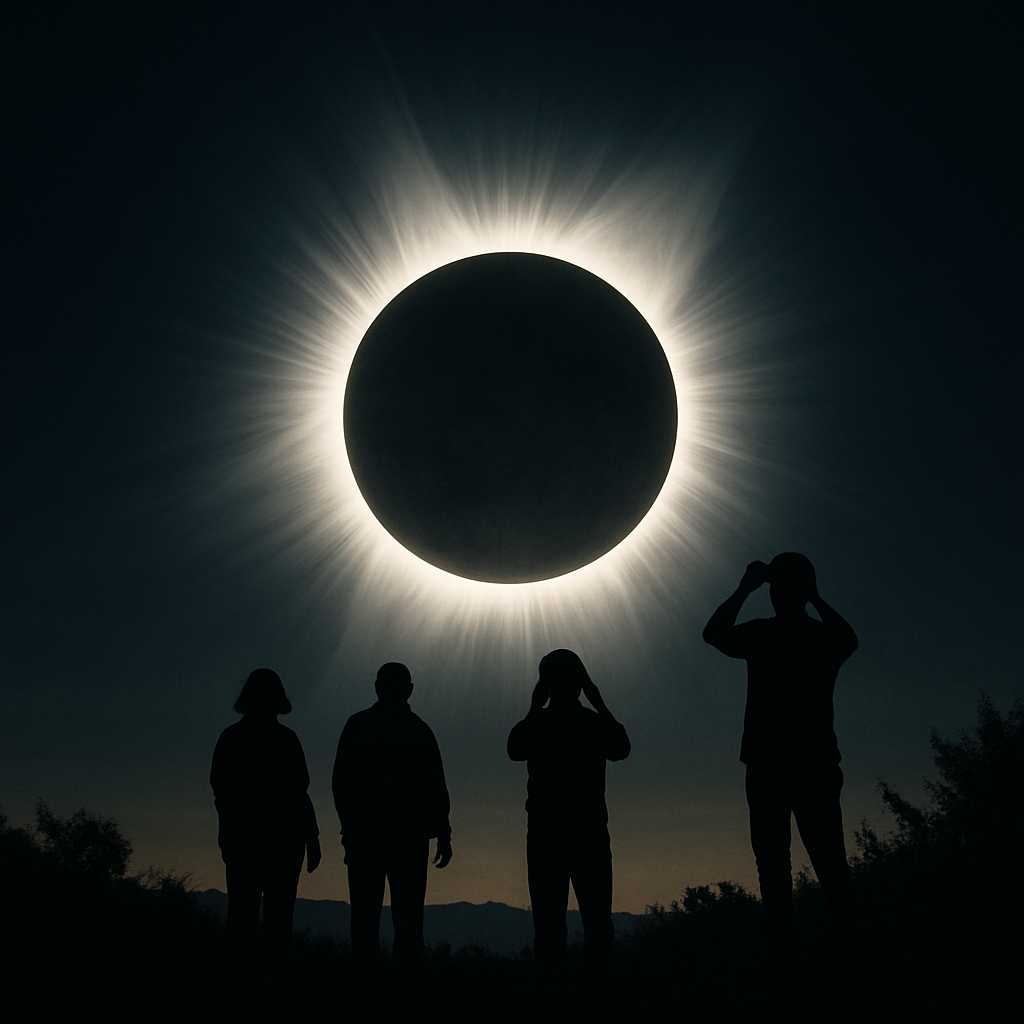
-
CRISPR: Revolutionizing Genetic Engineering
The field of genetics has seen a seismic shift with the advent of CRISPR technology—a precise, efficient, and versatile tool for editing genes. In this article, we’ll explore what CRISPR is, how it works, and why it is such a revolutionary advancement for biology and medicine. What is CRISPR? CRISPR stands for "Clustered Regularly Interspaced…
Written by

